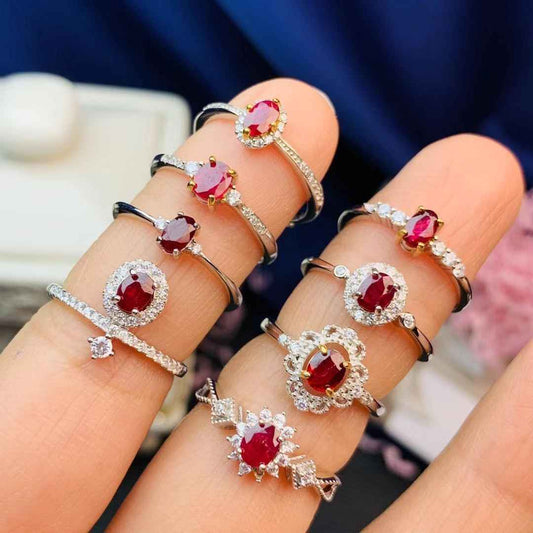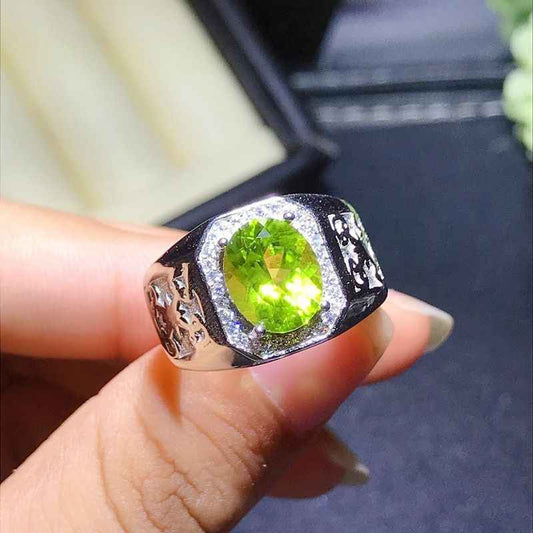Birthstones by Month Explained January: Garnet
Share
January: Garnet
Garnet, the birthstone for January, is renowned for its rich and vibrant hues, most commonly a deep red. The name "garnet" is derived from the Latin word "granatum," meaning pomegranate, due to the stone's resemblance to the fruit's bright red seeds.
Historical Significance
Garnet has been cherished since ancient times. Egyptians used garnets as inlays in their jewelry and carvings, believing the stone symbolized life. Ancient Romans also valued garnet for its deep color and used it in signet rings to stamp the wax seals on important documents.
Symbolism and Beliefs
Garnet is traditionally associated with protection and is believed to have the power to protect its wearer from harm. It symbolizes strength, courage, and the ability to overcome challenges. In medieval times, garnet was thought to cure depression, protect against bad dreams, and relieve diseases of the liver.
Physical Properties
Garnet is a durable stone with a hardness of 6.5 to 7.5 on the Mohs scale, making it suitable for all types of jewelry. It is available in a range of colors, including red, green, orange, yellow, purple, and even blue, though red is the most common and widely recognized.
Modern Usage
Today, garnet is a popular choice for jewelry, especially in rings, necklaces, and earrings. It is a versatile gemstone that pairs well with various metals, including gold and silver, making it a favorite for both traditional and contemporary designs.
Garnet is not only admired for its beauty but also for its rich history and the powerful symbolism it carries. For those born in January, wearing garnet is thought to bring love, loyalty, health, and energy, making it a meaningful and cherished birthstone.






